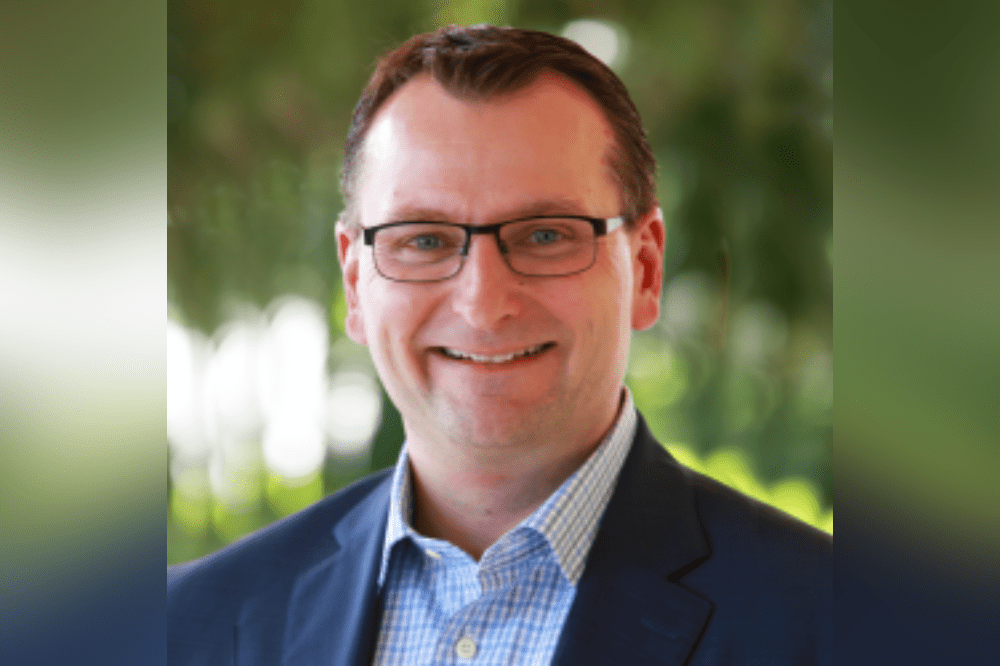Global CEO on insurance industry trends coming to Australia

The CEO, who is regarded by his firm as a lifelong technologist with a passion for the insurance industry, said the first trend is more proactive management of risk.
“Due to what’s happening here and also in the States with catastrophes, for example Hurricane Ian that recently hit the state of Florida,” he said, “insurers are really looking for more effective ways to proactively manage risk, mitigate risk up front and get ahead of that.”
Read next: Duck Creek leader on ‘orchestrating’ strategy
The second trend is adoption of advanced analytics.
“This is using data to drive automated decision making,” said Jackowski. “This is not just business intelligence and reporting but also advanced analytics, machine learning, artificial intelligence and how to leverage the data in your core systems, as well as outside systems, to manage that.”
The third trend, an industry theme in Australia for some years, is digital transformation.
“The way that is showing up more and more, for example in the broker channel down here,” said Jackowski, “is insurers are enabling their capabilities through an API or an application programming interface so that instead of humans interacting with them, computers in the broker channel can interact.”
Apart from those primary trends, the CEO also said embedded insurance offerings are becoming more widespread.
“We’re seeing that expand quite significantly,” he said. “For example, when people are buying cars there are companies like Tesla who are embedding insurance as part of the car buying experience, so customers have an insurance offer when you’re actually purchasing the car.”
Cloud adoption is another industry issue.
“We’re watching across many different industry verticals,” said Jackowski. “In terms of the cloud being adopted and embraced I think insurance is one of the last to really embrace the cloud and it’s our opportunity to replace legacy with modern cloud platforms.”
The Sydney Duck Talk event showcased the firm’s industry offerings with presentations from clients like Hollard Insurance Company and Argyle Insurance Group. The firm was also forthright about its ambitions to expand in Australia.
Read next: Sedgwick’s Drive to Thrive reveals industry trends for 2021
“We’ve invested quite heavily in the region,” said Jackowski. “So, expansion here in Australia is very important for Duck Creek.”
The CEO said there are two primary areas where his firm is investing.
“This is really to get this vibrant ecosystem of data technology, the insurer tech community, to really come around and provide more solutions that allow insurers to be more proactive in mitigating risk because we don’t think these answers will all just be a part of Duck Creek,” he said.
Jackowski said the first thing is “opening up our platform.”
“So that other third parties, like insurers, can use our API [application programming interface] and push data to us and extract data out to use that information, so they can be more proactive,” he said.
Jackowski said everything that can be done in their system can also be done through a programmatic API. Insurance Business asked how novel that is across the insurance industry?
“Most insurance platforms are really geared just to an end user, whether you’re selling insurance, quoting it or binding it,” he said. “Where we’re very unique is all of the features and functions that we can provide to an end user, like a broker, or a policyholder, or even a claim adjuster, we can also provide all of that functionality through an application programming interface.”
The second focus is investing in “our ecosystem of solution partners.” Jackowski said his firm is “pre-wiring” insurtech companies’ “clever” technology solutions into Duck Creek systems.
“That way, insurers can see speed to value because it’s pretty integrated with Duck Creek, they don’t have to do all the work to wire the systems together.”
The practical result of these hot wired partnerships, he said, can give insurers the ability to communicate much better and more informatively with customers living in areas at risk of flood or fire, for example.
“The insurer could notify a customer that there’s too much brush and to thin that brush out,” he said. “So it’s really about us investing in that overall ecosystem.”





